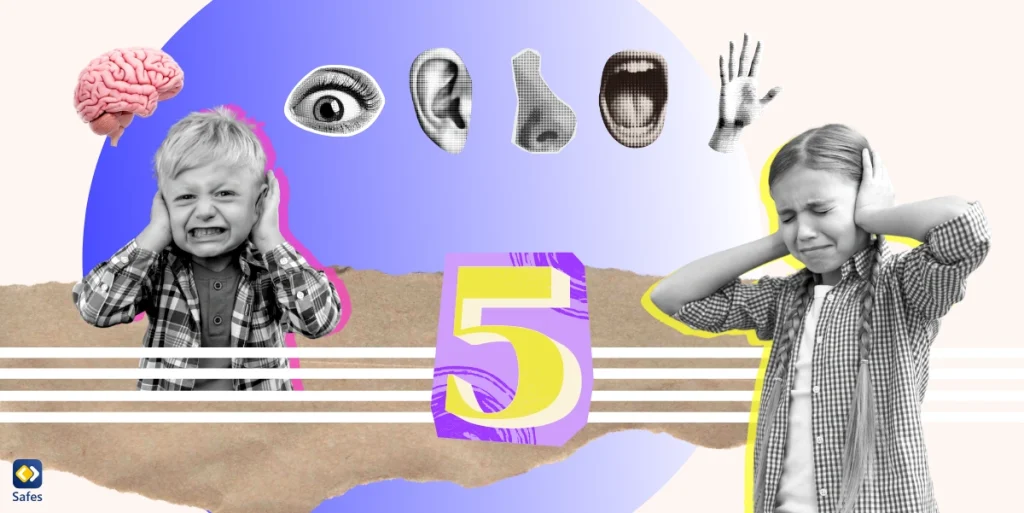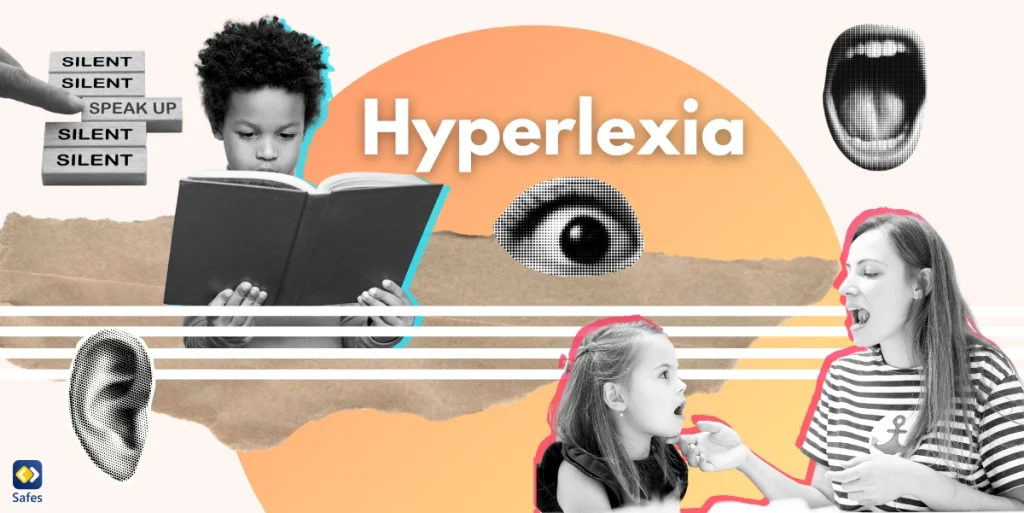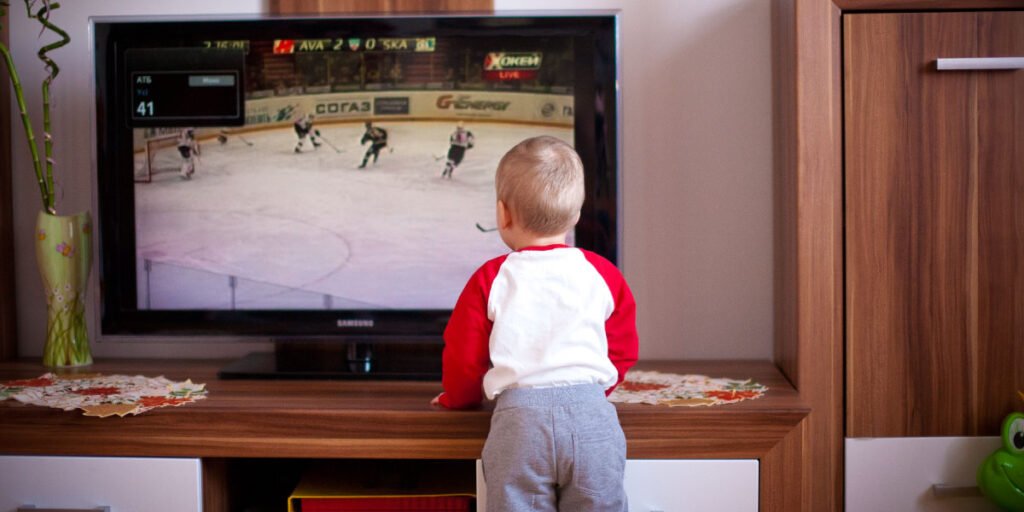Do certain noises, lights, or textures overwhelm your child? Do they become distressed and struggle to function in busy environments? If your child has unusual sensitivities to sensory stimuli, they may have a condition called sensory overload disorder or sensory processing disorder (SPD). In this blog post, we’ll explore the signs, causes, and management strategies for SPD to help parents better support their affected children.
While we often tune out background sensory information with ease, children with SPD have trouble filtering and processing these inputs. Everyday sensations can feel intolerable. Our goal is to increase understanding of this complex disorder and provide actionable tips to improve your child’s quality of life. Together, we can help your child feel more comfortable and confident in their senses.
Understanding Sensory Overload Disorder
Sensory overload disorder, also known as sensory processing disorder (SPD), is a condition where the brain struggles to organize and interpret sensory information from the environment. The senses, such as sight, sound, touch, taste, and smell, can overwhelm a child with SPD, leading to stress, anxiety, and sometimes even meltdowns. It’s important to note that SPD exists on a spectrum, meaning that its impact can vary greatly from one child to another. Not all highly sensitive children experience sensory overload.
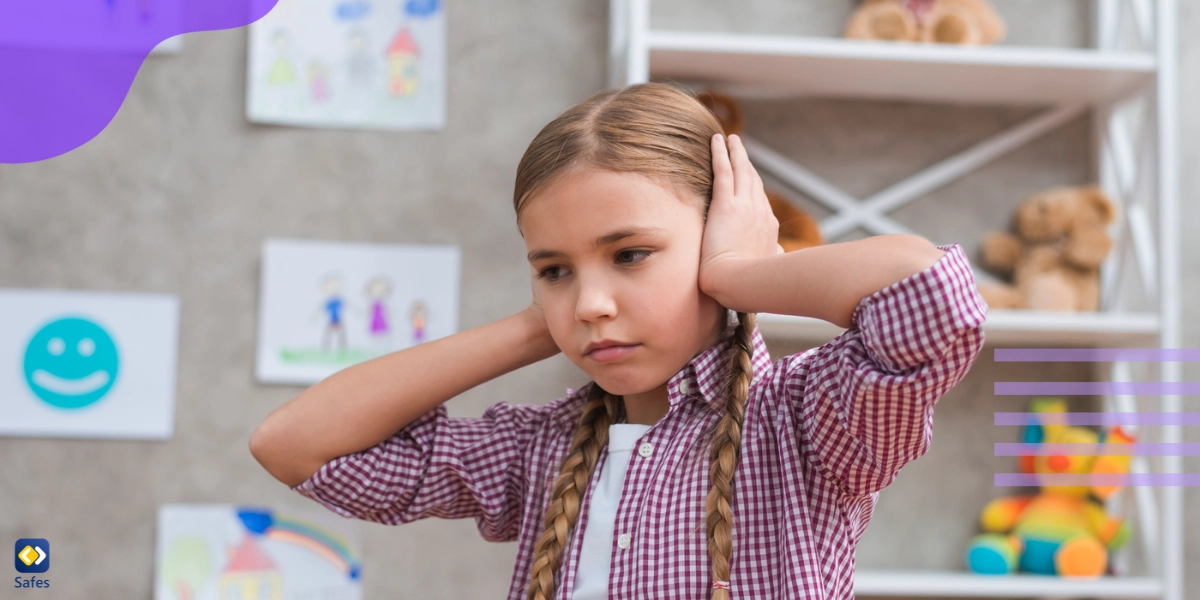
Signs and Symptoms
Some common signs of sensory overload disorder such as auditory sensory overload in children include:
- Becoming distressed, angry, or upset when exposed to certain noises, lights, smells, clothing textures, or touch sensations. These may be sensations most people tune out.
- Displaying either sensory seeking behaviors (constantly touching objects, craving movement) or sensory avoiding behaviors (resisting touch, avoiding certain textures or temperatures of food).
- Having trouble paying attention, especially in busy or loud environments.
- Being clumsy, bumping into things frequently.
- Showing poor balance and coordination.
- Being sensitive to pain or temperature changes.
- Having delayed speech development.
If you notice your child displaying any of these sensory overload examples, discuss them with your pediatrician. Getting an accurate diagnosis is important.
Causes and Risk Factors
The exact causes of sensory overload disorder are unknown, but it may be due to the brain misinterpreting sensory information. The exact causes of SPD are not fully understood, but research suggests that it may result from a combination of genetic and environmental factors.
Some children may be born with a heightened sensitivity to stimuli, while others may develop sensory processing challenges due to environmental influences. Common triggers for sensory overload include loud noises, bright lights, certain textures, and crowded spaces. The disorder is more common in boys than girls.
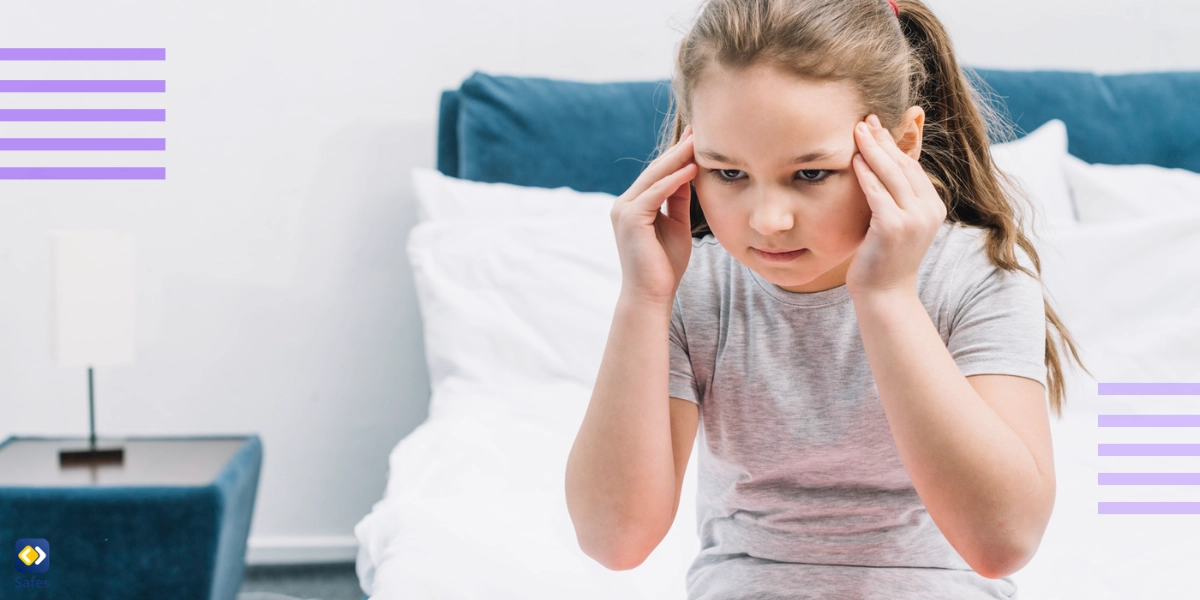
How to Help Sensory Overload
As a parent, here are some useful tips for supporting your child so they don’t experience a sensory overload meltdown:
- Stick to routines and prepare your child in advance for changes when possible. Consistency is calming.
- Allow your child to retreat to a quiet, dimly lit space when overwhelmed. Provide noise-cancelling headphones or earplugs too.
- Encourage sensory play and physical activity in safe doses for your child. This helps their sensory integration.
- Use visual supports like picture schedules. These help prepare for transitions between activities.
- Request accommodations at school like preferential seating, sensory breaks, or classroom noise management.
- Validate your child’s challenges and collaborate with occupational therapists who can provide sensory integration training.
How Parental Controls Can Help
Parental controls offer valuable support for parents navigating the unique challenges of raising children with sensory overload disorder. One key aspect is the ability to manage screen time effectively. By setting customizable limits and scheduling breaks between sessions, parents can prevent overstimulation and provide their children with essential downtime.
Another crucial feature is content filtering, allowing parents to tailor digital exposure to their child’s developmental stage. This includes restricting content based on age appropriateness and blocking specific websites or apps that may trigger sensory overload.
Monitoring and reporting tools provide insights into a child’s digital activities. Detailed reports help parents understand their child’s interactions, while real-time monitoring enables quick responses to potential issues. Customizable settings add flexibility to parental controls. Parents can adjust sensitivity to align with their child’s unique needs and introduce technology gradually by controlling access to specific features or apps.
Parental controls can be found in the settings of your child’s operating system. To find out more about these default parental controls check out our resources below:
- Windows parental controls
- MacBook parental controls
- Parental controls on android
- iPhone parental controls
Instead of primitive, though useful, parental controls, you can use third-party parental control apps like Safes. Many of the features mentioned above can’t be found in default parental control settings though they can be found in Safes. Also, with a third-party app like Safes, you can manage your child’s device across multiple platforms including iOS and Android. Feel free to sign up for a 14-day free trial and experience Safes’ advanced features without needing a credit card.
Combining effective parental controls with other strategies, such as creating sensory-friendly physical environments and establishing routines, forms a comprehensive support system for children that experience atypical development.
Conclusion
Parenting a child with sensory overload disorder may present unique challenges, but with the right understanding and support, it can also be a journey of growth and resilience. By recognizing the signs, understanding the triggers, and implementing effective strategies, parents can create an environment that fosters their child’s well-being and helps them navigate the world with confidence. Together, as parents and caregivers, we can champion the unique strengths and abilities of children with sensory processing challenges, ensuring they have every opportunity to thrive.
